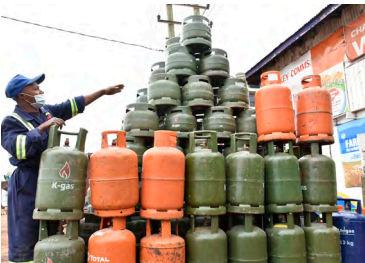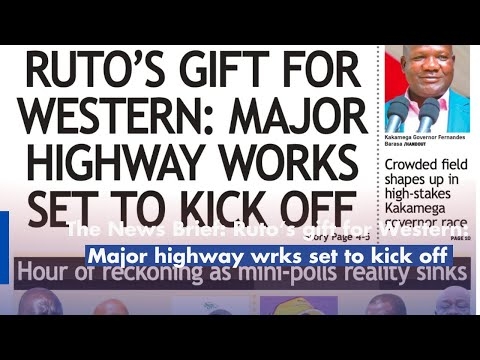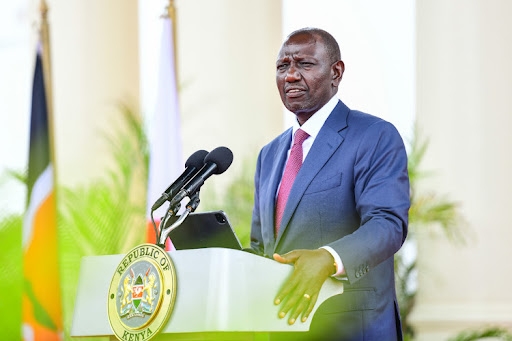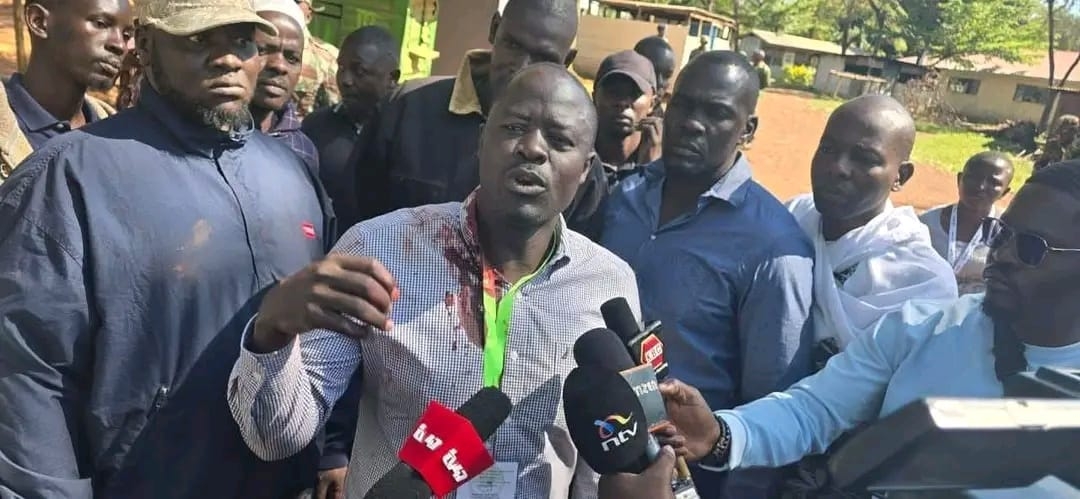

The Energy and Petroleum Regulatory Authority is putting in place structures for importation of cooking gas
under the Open Tender System and
retail price controls.
This follows December’s Cabinet approval through which the government seeks to lower the cost of Liquefied Petroleum Gas (LPG) by ending monopoly in the industry.
Lowering prices is expected to increase the use of clean energy by households.The government targets to increase annual uptake of gas from 7kgs per capita to 15kgs.
The government also targets to enhance penetration from the current 24 per cent to 70 per cent by 2028.
According to EPRA, a study has been conducted on streamlining and standardising prices in the LPG sector, while improving safety and standards.
The study was conducted by energy sector consulting firms – Kurrent Technologies Ltd and Channoil Consulting Ltd, which analysed parameters that define the pricing value chain.
The report recommended a price determination mechanism based on market conditions, with a possible implementation before the third quarter of this year.
“There will be a transition. We are currently working on the mechanisms for implementation. There has been consultations and we continue to consult,” EPRA Director General Daniel Kiptoo told the Star yesterday.
LPG is currently not price regulated with monopoly in the industry leaving consumers at the mercy of the importers and retailers who set their own markups.
During the December meeting chaired by President William Ruto at State House Nairobi, Cabinet also okayed importation of heavy fuel oil and bitumen through a centrally coordinated bulk procurement system.
Importing LPG through the Open Tender System is based on agreed terms and conditions, and the price is made up of import costs, market prices and local currency components, with bidders competing to offer lower price marks.
LPG price controls will be pegged on components similar to those used in setting petrol, diesel and kerosene prices, where a formula is in place to determine the maximum retail and wholesale prices.
The formula considers the landed cost of petroleum products, the volume of a cargo, and the unit cost of a cargo.
The government is working with the private sector to establish a common-user import facility at the Kenya Petroleum Refineries Limited (KPRL) in Mombasa.
During the launch of the LPG programme for schools at Jamhuri High School, Nairobi, in December, President William Ruto said the government has developed robust policies, regulations and standards to ensure the sector’s growth while safeguarding health and safety.
“A thriving LPG sector promises significant economic benefits, including increased investment and job creation,” he said.
An OTS is expected to trigger more interest from Oil Marketing Companies in the country, ending monopoly where Africa Gas and Oil Ltd has been handling up to 90 per cent of imported volumes, with a 10,000-tonne storage facility in Mombasa.
Demand for LPG increased by
eight per cent to 360,594 metric
tonnes in 2023, EPRA data indicates.
















